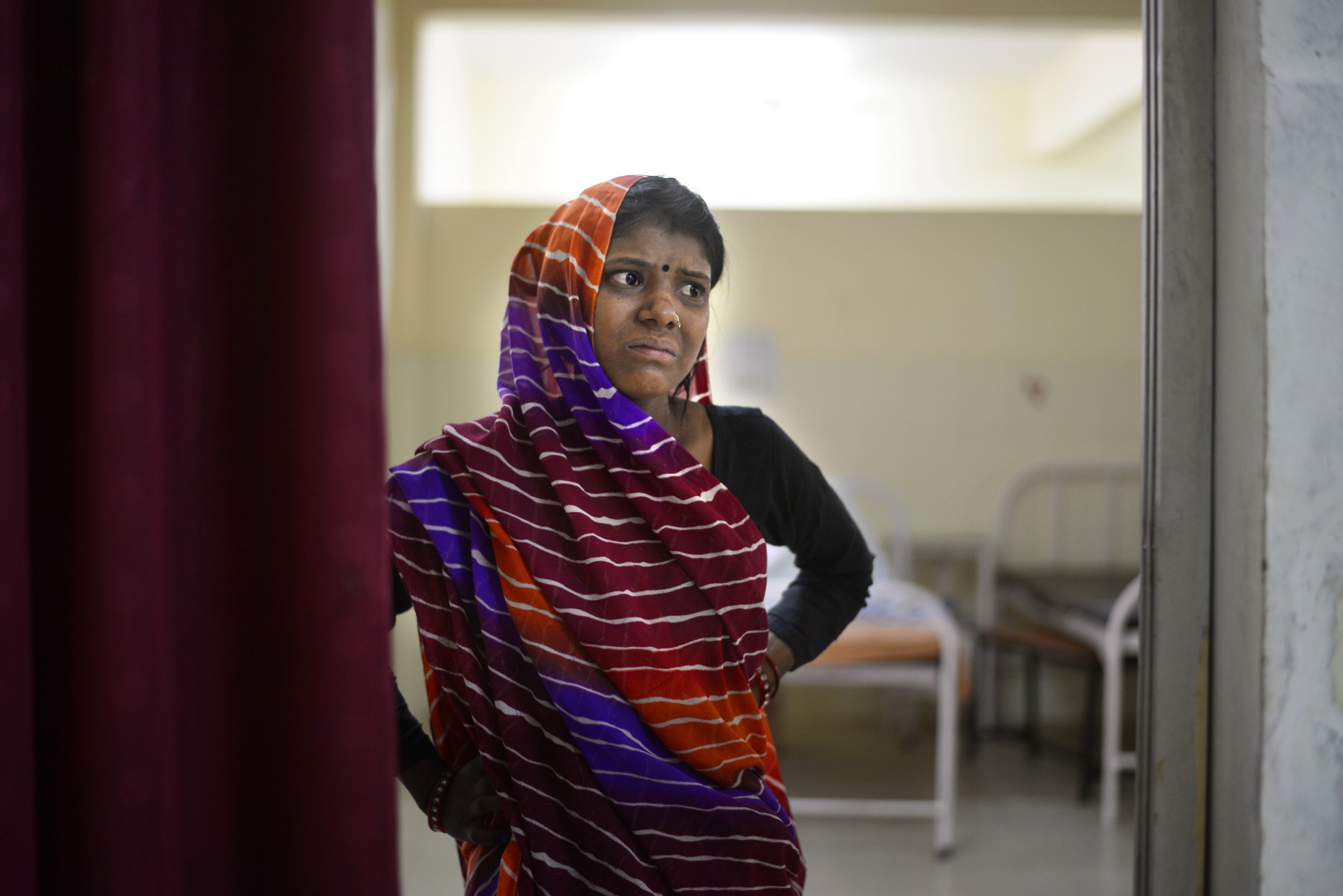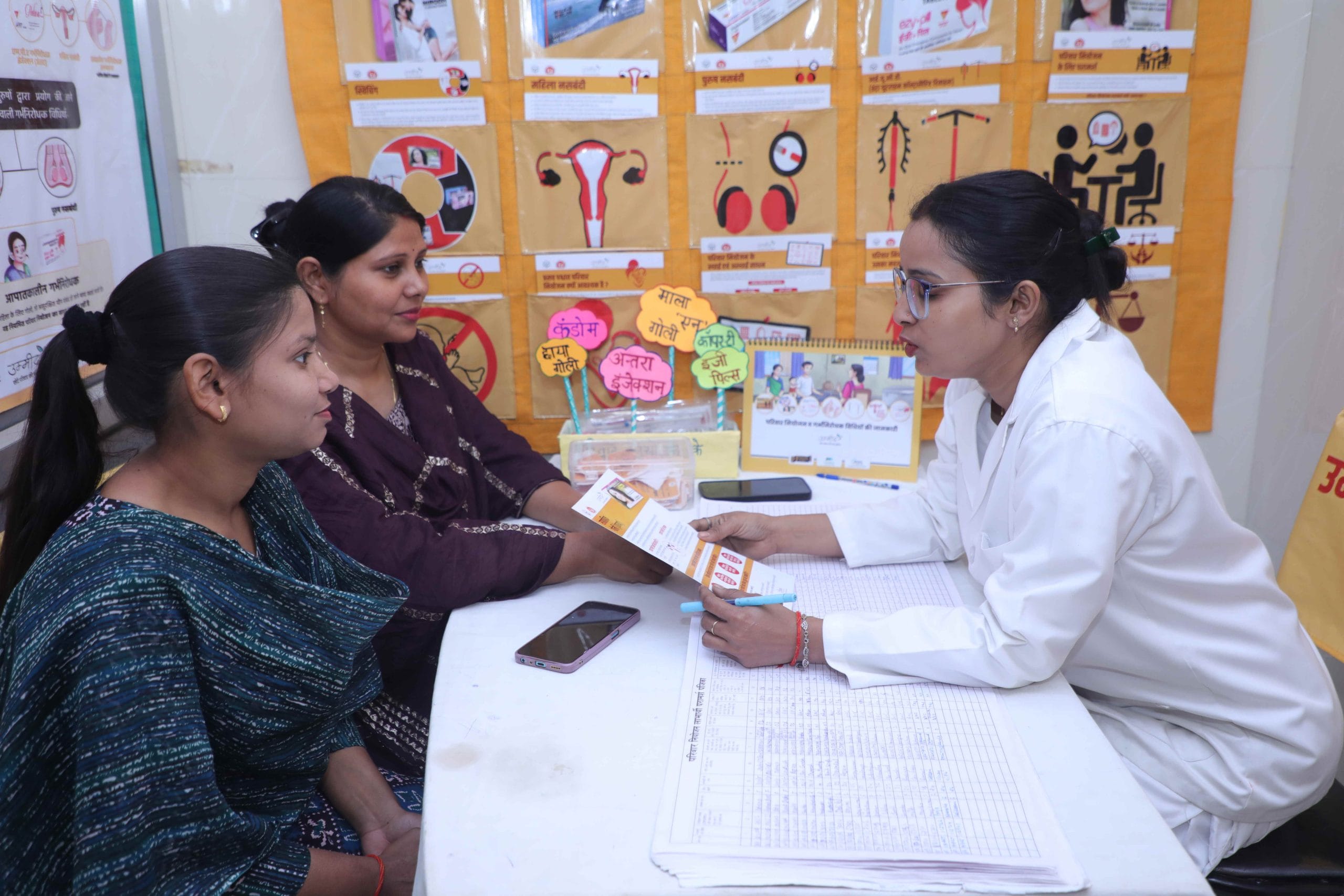According to the National Family Health Survey IV, 2016(NFHS IV), 53 % of the respondent women in India were anaemic. This is the main reason why women like Sarita suffer so much pain during pregnancy.
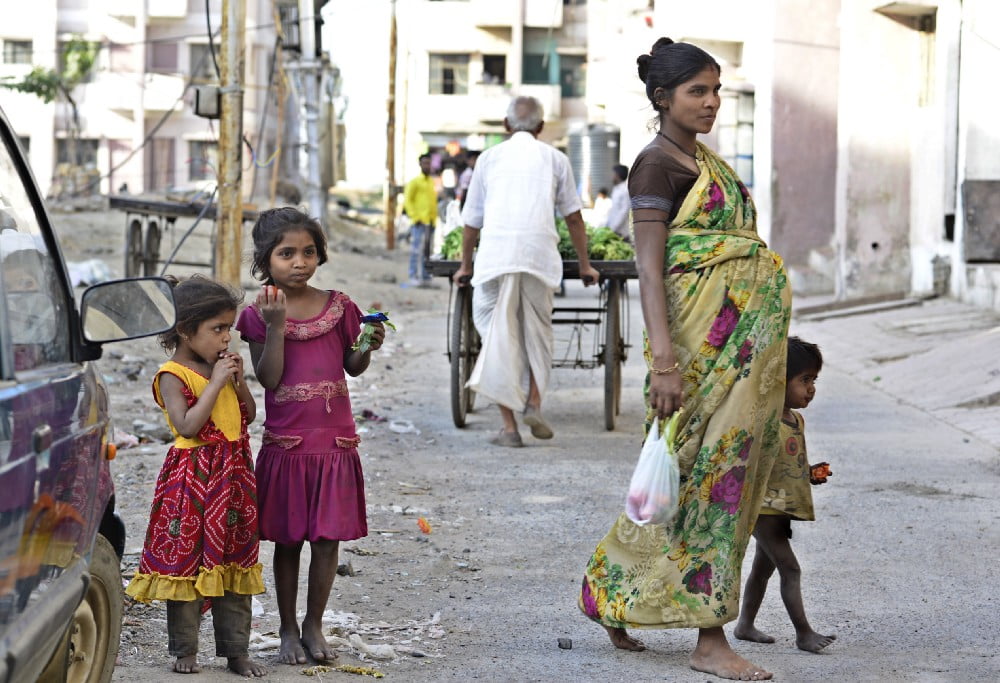
“Why are women controlled by men? Why can’t they express their difficulties with having sex? Why can’t they take decisions regarding bearing or not bearing children? Why do they bear gender based violence? Why don’t you speak?“—Subhadra asks these questions to the participants in a gender rights workshop being held by the Mahila Jagat Lihaaz Samiti (MAJLIS) as part of its programme of Reproductive Health and Rights for women living in the slums of Indore city, a city in India’s heartland state, Madhya Pradesh (MP). These are relevant questions because they underline the patriarchy that rules society and is confirmed by NFHS IV which says –
27.3 % of the respondent married women in Madhya Pradesh suffer spousal violence.
Among the participants, a twenty two year old Rama was very angry with what had happened the night before. She said “कुत्ता भी कुतिया की मर्ज़ी के बिना सम्बन्ध नहीं बनाता . लेकिन आदमी तो जानवर से भी गया गुजरा है” (even dogs can’t have sex without the consent of the bitches but men are worse than animals.) When I refused to have sex with my husband, he abused me and said “तुम किसी और के साथ भी सोती हो .बाहर भी तुम्हारा कोई पति है, छिनाल…” (You are sleeping with someone else, you have another husband somewhere, and you are a whore’).
When I asked twenty five year old Asha whether she can ask her husband to have sex with him she answered, “I don’t want to be killed and be abused, I know I can’t live according to my wishes in this world.”
Sitting in a women reproduction health camp in Indore’s Bhuri Tekri, an economically weaker colony, I was trying to speak to women to know about their reproduction and gynaecological health. But I learnt many different personal cases of women which they have spoken themselves –
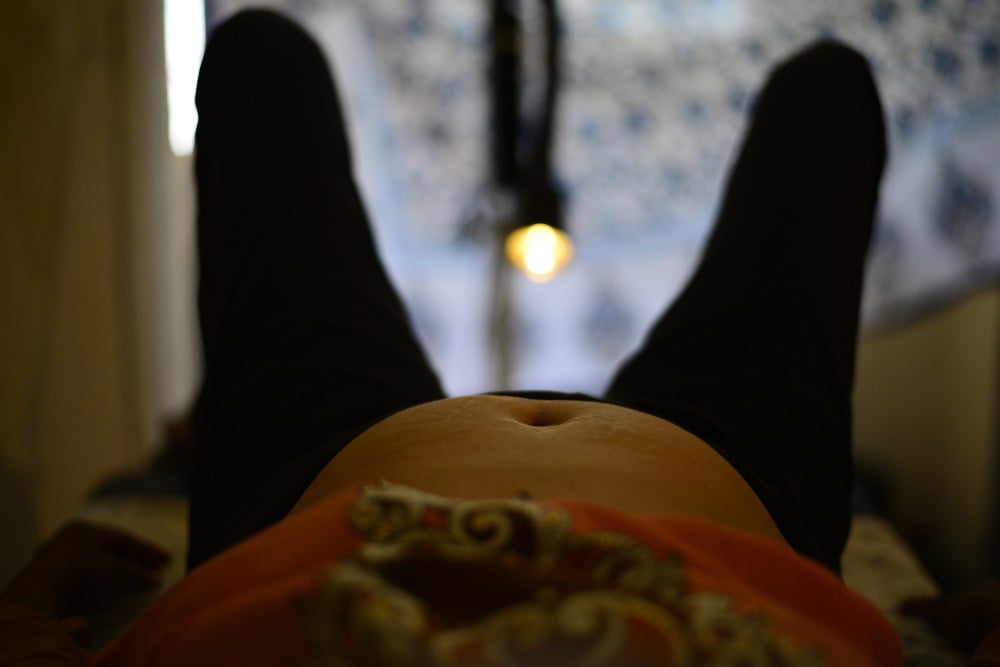
Rajni was married off when she was twelve years old as her monthly periods had started. She said, “After one year of marriage, neighbours began asking me why I had not given birth to a child. l could not understand their taunts and asked my husband whether he would divorce me if I did not have a child and he said he wouldn’t do anything like that. Suddenly one day I felt dizzy and felt great pain. Some months later I had my first child at the age of fifteen. I was a mother of three by the time I was twenty years old. I decided to get sterilised as there was no saying when my husband would come home drunk and make me pregnant again.”
India has the highest number of child brides in the world. It is estimated that 27% of girls in India are married before their 18th birthday (a legal age of consent), according to a 2018 report by UNICEF. Such are stats which prompted the country’s top court to rule, that intercourse with an underage wife is a criminal offense.
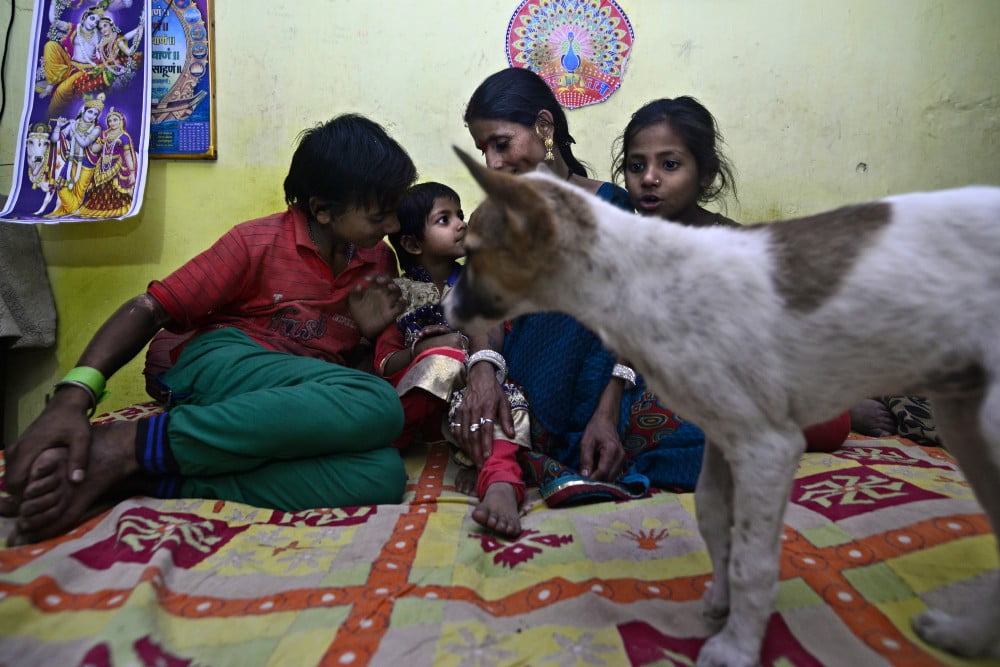
Rajubai who is now forty years old was married at the age of fourteen and gave birth to her first child at the age of fifteen. She is the mother of seven living children and two others have died. “When I was in the ninth month of my sixth pregnancy, one day I felt great pain and when I went to sit on a chair to rest, the child came out from my vagina and fell on its head on the floor and died immediately. I had wanted to get sterilised after the fifth child but my father in law said that this is sinful and should not be done. But after the ninth pregnancy I became so tired that I went with five or six other women to the hospital and lay down to be sterilised.”
India ranks 12th among 52 low-middle income countries having highest infant mortality rates with over six lakh children dying within the first month of their birth in 2016, according to The Newborn Mortality report 2018 released by UNICEF.
According to report the country’s neonatal mortality rate at 25.4 deaths per 1,000 live births in 2016. India is also the only major country in the world to have a higher mortality for girls than boys.
‘Sterilization is simpler and less-invasive to perform on men than on women: The male vasectomy also has a quicker recovery time, complications are rare and deaths are even less common.’
Latest data presented by a global partnership—Family Planning 2020 (FP2020)—showed female sterilisation accounts for 74.4% of the modern contraceptive methods used in India. As against this, male sterilisation is merely 2.3%.

Sunita said, “We women cannot live our lives without working. We have to take care of the domestic work and our children and also work outside to earn income. Bearing children in the womb is very difficult and at that time we don’t get proper food and care. So we face a lot of problems in giving birth and our bodies break from the pain.”
As per the Mahila Jagat Lihaaz Samiti’s (MAJLIS)survey for its gynaecological health camps for women residing in slums in Indore, 76.1 % of women are anaemic.
Anaemia due to factors like overwork and malnutrition are the bane of women in India and there is an epidemic of Vitamin B12 deficiency which directly contributes to anaemia.
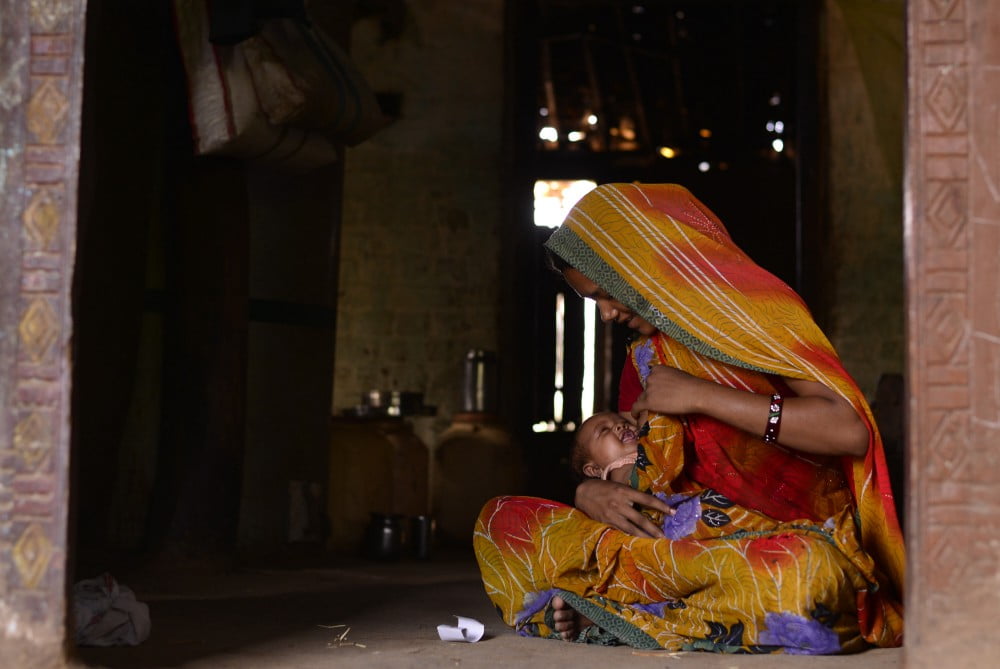
Twenty five year old Suman (not in photo) spoke about her personal life “मेरा पति मुझ पर शक करता है क्योंकि मेरी ‘टॉयलेट की जगह’ (योनी) थोड़ी फ़ैल गयी है I वो आये दिन मुझे गालियाँ देता है कि मैं और आदमियों के साथ सोती हूँ I मेरी योनी इतनी कैसे फ़ैल गयी?” (My husband suspects me of being involved in extramarital relationships because my vulva is very large and loose. He frequently accuses me of having sex with other men). Suman is unable to explain to her husband that the doctor had cut her vulva to facilitate the delivery of her child (a procedure called episiotomy) and had not bothered to stitch it up again because in her pain Suman had kicked the doctor.
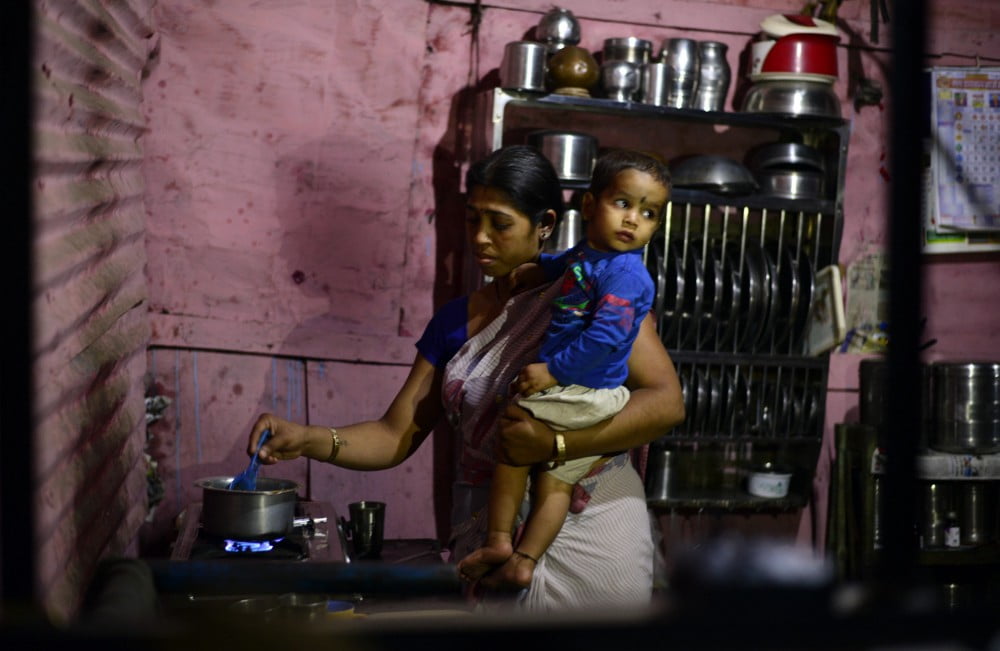
Thirty year old Kiran too had her vulva cut during the delivery and later it was stitched. However, she felt so much pain while in hospital that after coming back home she refused to go back to get her stiches removed. The stitch causes pain every time she has sex but she still refuses to go back to get it removed such is her memory of pain. “I don’t want to go back to the hospital where I spent one month in pain the last time. It is better to bear this pain than go to the doctor again”.
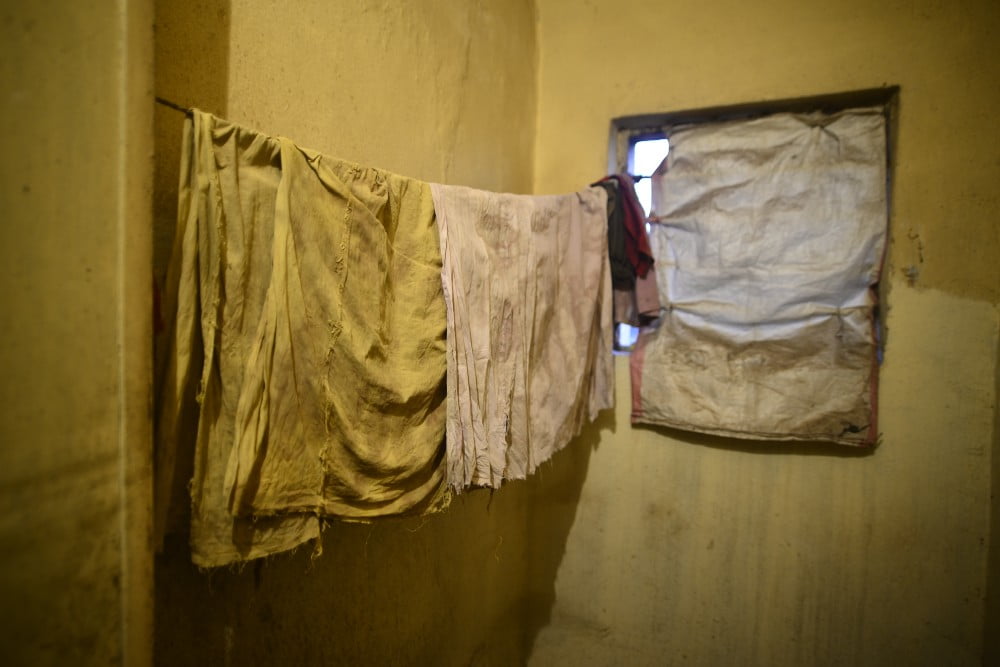
Twenty one year old Nirmala said, “Women’s menstrual cloth are never put out in the open to dry. These rags have to be dried away from the gaze of men as otherwise it is sinful. We also feel shame if someone else were to see these rags. The menstrual blood is considered to be dirty and it is also used for sorcery by others. That is why we dry our menstrual cloth secretly inside the bathroom or in the animal shed.”
Also read: How My Gynaecologists Dismissed My Pain | #MyGynaecStory
Subhadra Khaperde who organises reproductive health camps in slums in Indore said “Most women suffer from infections of the vagina such as white discharge (leucorrhea), inflammation of the vagina, erosion of the cervix and cysts on it and excessive bleeding during menstruation and suffer for long from pain and complications. They don’t get proper treatment for this either in the government hospitals or from private medical practitioners because they are ashamed to speak about these problems. Our organisation gets them examined by qualified doctors and gives them medicines. Often the husbands of the women are also infected and so they too have to be treated even though they are reluctant to go to doctors.“
NFHS IV says that only 29.1 % of the respondent women in Madhya Pradesh had cervical examination. The clinical examination of women done by doctors in the MAJLIS camps revealed that a shockingly high 67.1 % suffered from cervical problems and 49.1 % from vaginal infections. They were all satisfactory treated very easily through a fortnight of medication.
Also read: Tamil Nadu’s Plan To Make Registration Of Pregnancy Compulsory Will Only Hurt Women
Reproductive health and rights activist Savita said, “Most men don’t know anything about women’s reproductive tract. They ignore the need for safe sex and there is a culture of silence in society about this. Is it necessary that men’s desires must be satisfied always while women’s desires and happiness is considered to be unimportant? The answer is a resounding no. Women must talk about their problems and seek the solutions to them.“
*Some of the names of women have been changed. All the photos have been taken after permission from women.
Rohit is an Independent Social Documentary Photographer from India. His work focuses on human and life development stories. Earlier he has worked with Hindustan Times. You can follow him on his Blog and on Instagram.
This article was previously published on the author’s Medium blog and has been republished with consent.
All photos have been taken by the author.
